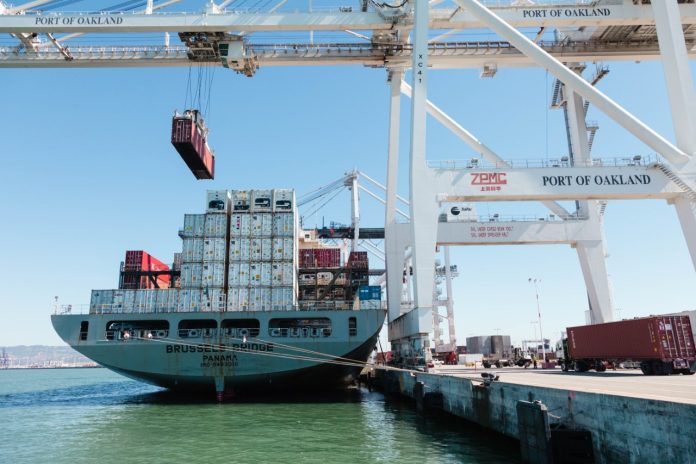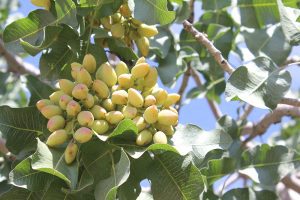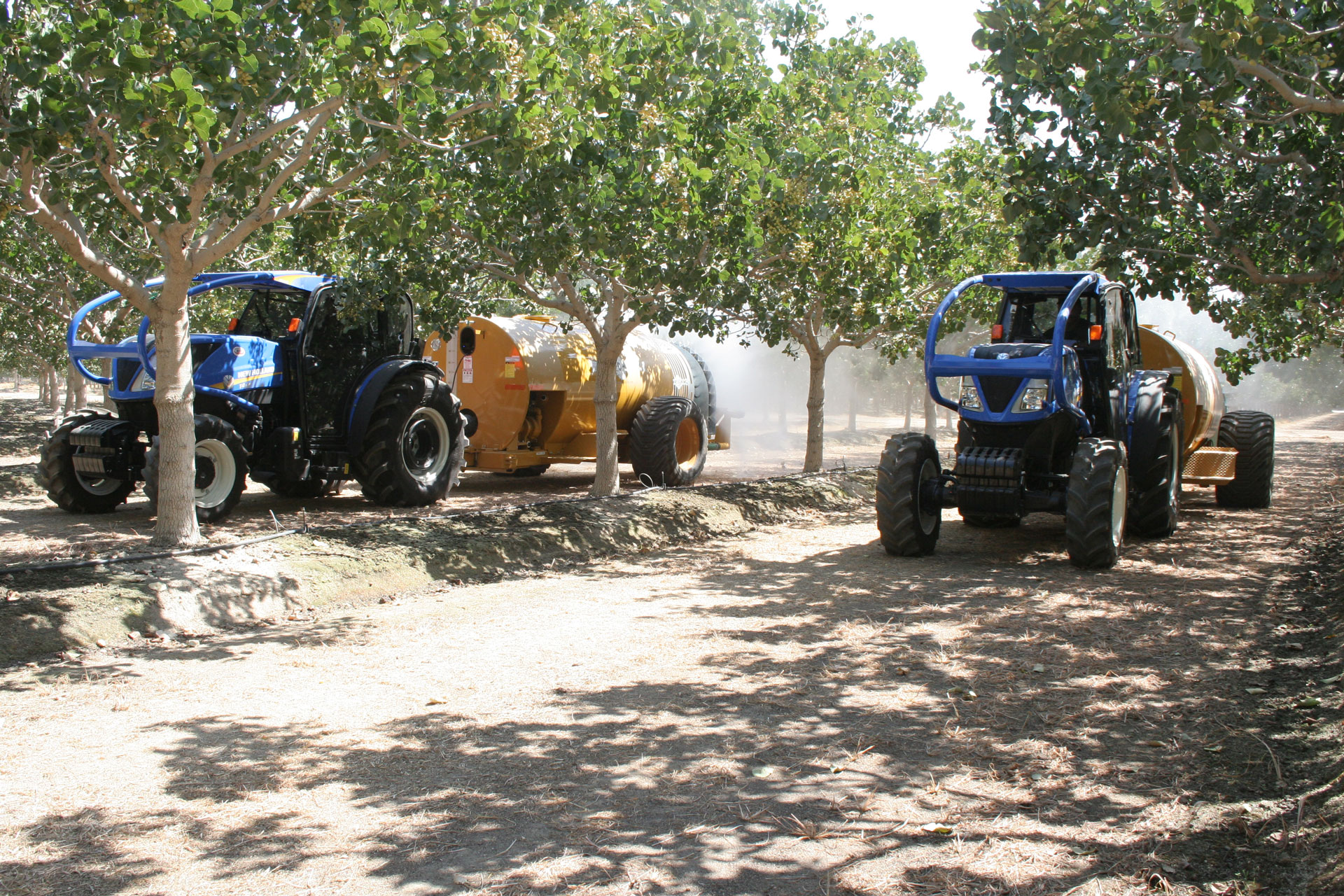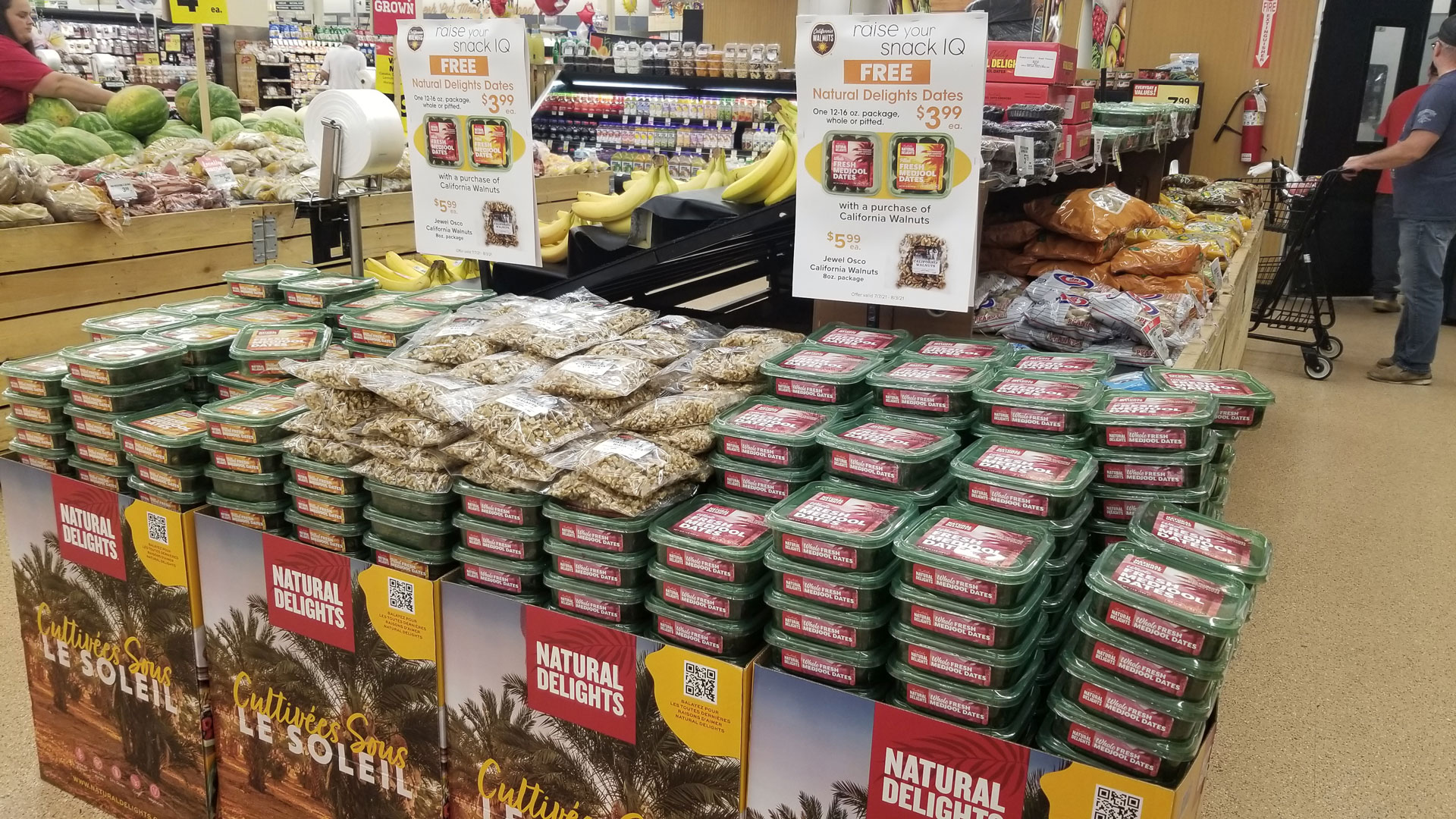
In the future, growers’ ability to protect their tree nut crops against pests and diseases may be challenged by export market demands for lower pesticide residue levels on commodities. The EU, in particular, has been lowering Maximum Residue Levels (MRLs) to the limit of detection as they review products for use in the EU and make determinations that their use cannot be continued within the EU. Other key export markets don’t have import MRL processes and thus have limited MRLs in place. And, countries such as Vietnam with a history with herbicides (Agent Orange) have taken action to ban the use of certain herbicides at home and thus also reduce MRLs.
All of California’s tree nuts are highly exported, including 70% of almonds, 67% of walnuts and 70% of pistachios.
“I see threats in the not-too-distant future,” Gabriele Ludwig, Almond Board of California’s director of sustainability and environmental affairs, said of increased demands by the European Union, the largest export market for California almonds. She expects more handlers will ask their growers and PCAs to discontinue the use of certain products or to only use them in specified time frames. Ludwig added this happened with the fungicide iprodione (Rovral).
Zack Raven, farm manager and director of grower services at pistachio processor and grower Keenan Farms Inc., predicted losing value of pistachio shipments to the EU if loads are rejected due to detection of pesticides.

Not knowing the market destination for your crop and difficulty or cost of separating loads can mean loss of value. Raven said there are several neonicotinoid products they now do not allow their growers to use because of residue concerns with exports. This poses a problem with mealybug control, he said, as there are not many effective alternative pesticides. Use of other crop protection materials may be restricted after certain crop growth stages.
In a presentation at the 2022 Crop Consultant Conference, Caroline Stringer of the California Fresh Fruit Association said California exported $21 billion in agricultural products including tree nuts in 2020, and the EU was the top export market.
Maximum residue levels in the U.S. are based on Good Agricultural Practices, which are not safety limits but represent the maximum concentration of a pesticide residue legally permitted in or on food commodities and animal feeds based on the maximum use rate and application frequency. They ensure that if the label is followed, the MRL (or tolerance) will not be exceeded. There have been efforts to harmonize MRLs globally, but the EU, one of the largest export markets for tree nuts, is moving away from global standards. Actually, Ludwig said, they are explicitly trying to make their new standards THE international standards.

Establishment of MRLs is not clear cut across all importing nations and their capacity to evaluate or definitions of acceptable risks can differ. The World Trade Organization agreement states that scientific justification is required and process for determination must be transparent and consistent.
Detection Can Equal Rejection
If an importing country detects residues above their legal limit on a product, there can be devastating ramifications for growers, importers and retailers. Most detections are at port which can mean rejected shipments and costs the attendant with shipping back or finding a new market. If detected at the retail level, there can be recalls of product along with media. Loss of market access for the shipper or entire industry are possible consequences, Stringer said. Global harmonization of MRLs does not exist, and a product that meets domestic residue standards does not guarantee status in an export market.
However, Stringer noted a lack of MRL harmonization globally and inconsistency in application from year to year means uncertainty for growers. Every season, she said, there is loss of MRLs, more restrictive MRLs, lack of universal standards for surveillance, improved detection capability and higher levels of retail standards.
Not all MRLs are established in export countries, and it is advised not to use products until they are established to ensure regulatory stewardship and compliance. Alternatively, efforts are made to see if a longer PHI can help to meet the lower MRLs in export markets.
Residue trials on crop protection products aim to determine the timeline for breakdown of the active ingredient, but there are environmental factors that can influence breakdown, Thomas Jones, senior director of analytical services at Safe Food Alliance, explained. Trials attempt to mimic certain environmental conditions, but that is not always possible.
Jones said the EU has become a challenging market for some agricultural products due to uncertainty. Safe Food Alliance conducts residue screens for more than 400 compounds and Jones said detections of pesticide residue are well below the U.S. MRLs.
“There is fear of product rejection among processors, and they try to be aware of the destination” Jones said. Residue trials on crop protection products do an excellent job of predicting pesticide degradation, but there can be environmental factors that can influence breakdown, he explained. Trials attempt to mimic certain environmental conditions, but that is not always possible.
Ludwig said EU’s Green Deal is what is driving the many reductions in MRLs in the EU. EU has promised to reduce the use of chemical pesticide by 50% by 2030 within the EU and are focused on eliminating “risky” pesticides. EU growers have no idea how they will manage their pests, but point out if they can’t use a product, imports should not either. Thus, as the pesticides EU growers can use on their crops become more limited, Ludwig said imported crops will also be required to meet the same standards, typically a default detection limit of 0.01 ppm.
Failing to harmonize MRLs globally or losing them altogether would be a blow to poor countries who have agricultural products to export but no resources to test, Jones said. Setting the default detection of 0.01 ppm is driving the elimination of crop protection chemicals, but the reality, Jones said, is how do you get there while maintaining the food supply? Neonicotinoids, older chemistries such as broad-spectrum fungicides and insecticides, and, for political reasons, glyphosate, are likely to be targeted.
Ludwig said the EU doesn’t differentiate between the types of pesticide; any pesticide that meets one or more of the cutoff criteria (carcinogen, mutagen, endocrine disruptor, developmental toxicant) will no longer be registered for use in the EU, thus resetting the MRL to the Limit of Detection. She noted the EU is also proposing to lower MRLs where it has environmental issues of ‘global concern,’ e.g., a product that affects pollinators widely. MRLs are food standards, not environmental standards. It is very hard to predict which compounds will get caught up in the EU crosshairs, Ludwig said. Some products are not a surprise (think products on the Prop 65 list), but others have been cut off because of lack of data for a metabolite where the EU implements the precautionary principal, saying since it doesn’t have the data, it cannot make a safety finding and must assume the worst and cancel the product. That does not rule out future acceptance once data for a metabolite is submitted.
Ludwig said the Green Deal is seen in Europe as an opportunity to overhaul several aspects of the economy, including reducing reliance on fossil fuel as one of the primary energy sources that drive economies. A key element of the Green Deal is the Farm to Fork Strategy, which aims to accelerate the EU’s transition to a sustainable food system and highlights an urgent need to reduce dependency on pesticides. Ludwig said the EU is going further, not only implementing these new pesticide standards for their own growers but working to export the standards into international standards such as Codex Alimentarius. The EU parliament and the EU Commission says they are taking this action against pesticide use because it claims that is what the consumer wants, Ludwig said.
As to how U.S. growers can adapt, one way is to check with their respective handlers to see if there are any compounds they are concerned about given where their nuts or produce are exported. In many cases, at least for nuts, there are limited or no residues, so the lower MRL is not of concern. However, compounds used closer to harvest, used postharvest and ones that can linger in the environment may have detectable residues.

Cecilia Parsons | Associate Editor
Cecilia Parsons has lived in the Central Valley community of Ducor since 1976, covering agriculture for numerous agricultural publications over the years. She has found and nurtured many wonderful and helpful contacts in the ag community, including the UCCE advisors, allowing for news coverage that focuses on the basics of food production.
She is always on the search for new ag topics that can help growers and processors in the San Joaquin Valley improve their bottom line.
In her free time, Cecilia rides her horse, Holly in ranch versatility shows and raises registered Shetland sheep which she exhibits at county and state fairs during the summer.














